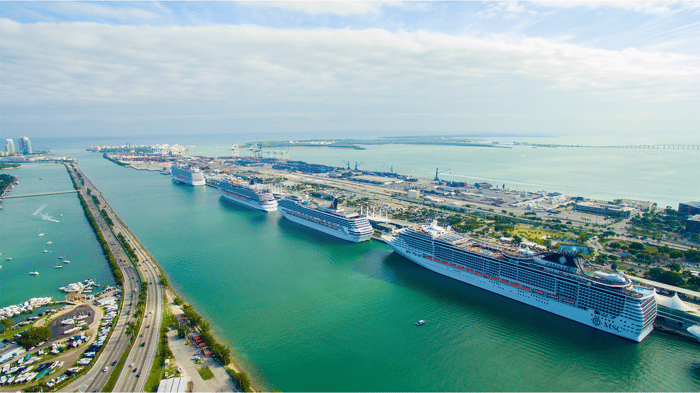12-Day Caribbean Gems




Seabourn Sojourn enchants her guests with an array of public areas scaled to encourage a relaxed sociability.
Leaving from:
Miami, Florida
Cruise ship:
Seabourn Sojourn
Visiting:
Miami, Florida •
San Juan (Puerto Rico) •
Prickly Pear Island •
Gustavia •
From
Price shown provided by:
Seabourn
For decadent luxury that sails hand-in-hand with personalised experience and in-depth access to world heritage, may we introduce Seabourn Cruises.
Blending nimble power and grace with beautifully designed spaces, Seabourn ships can be likened to lavish resorts. Except, uniquely, the staff already know you just as they also remember your favourite drink.
450
Passengers
330
Crew
2010
Launched
32000t
Tonnage
198m
Length
25.6m
Width
19kts
Speed
10
Decks
USD
Currency
Cruise Itinerary
Day 1
Miami, Florida, United States
Day 4
San Juan (Puerto Rico), Puerto Rico
Day 5
Prickly Pear Island, Antigua and Barbuda
Day 6
Gustavia, Saint Barthélemy
Day 7
Terre-de-Haut, Guadeloupe
Day 8
Roseau, Dominica
Day 9
South Friars Bay, Saint Kitts and Nevis
Day 10
Great Harbour, Jost Van Dyke, British Virgin Islands
Day 13
Miami, Florida, United States

Day 1
Miami, Florida, United States

Day 4
San Juan (Puerto Rico), Puerto Rico

Day 5
Prickly Pear Island, Antigua and Barbuda

Day 6
Gustavia, Saint Barthélemy

Day 7
Terre-de-Haut, Guadeloupe

Day 8
Roseau, Dominica

Day 9
South Friars Bay, Saint Kitts and Nevis

Day 10
Great Harbour, Jost Van Dyke, British Virgin Islands

Day 13
Miami, Florida, United States
Ship Details

Seabourn
Seabourn Sojourn
Seabourn Sojourn enchants her guests with an array of public areas scaled to encourage a relaxed sociability.
Cabins
All Prices
